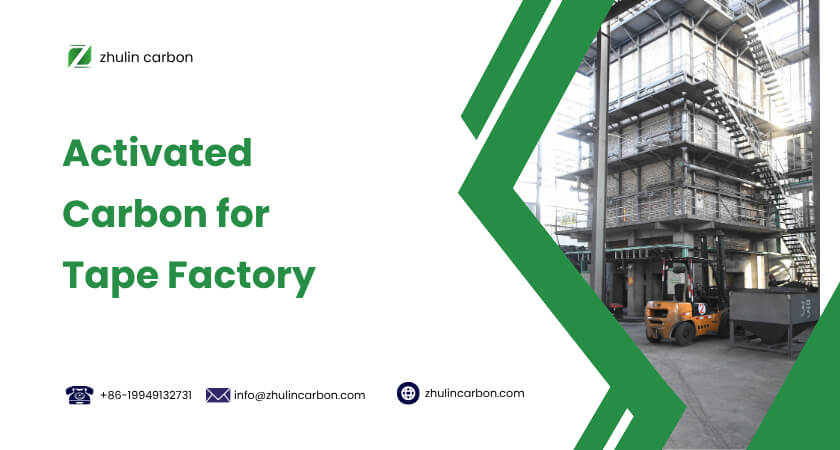
Why is toluene used in adhesive tape manufacturing?
In chemical production, toluene is mainly obtained through the petroleum refining process. It can be separated from coal tar or appear as a by-product of petroleum refining. Toluene may be used as a raw material or intermediate in the manufacture of chemical products such as plastics, synthetic fibers, drugs, fragrances and dyes.The production of adhesive tape involves two main components: the substrate and the adhesive. Toluene is used primarily because of its excellent solvent properties, which make it indispensable for adhesive manufacturing:
Dissolving Polyurethane Resins:
Toluene can dissolve polyurethane resins, ensuring that the adhesive mixture has the desired flow properties. This enhances the adhesive's tackiness and stickiness, making it effective for bonding surfaces.
Improved Durability:
Toluene’s antioxidant properties help prevent oxidation reactions in adhesives, extending the tape’s shelf life and maintaining its performance over time.
Fast Drying:
Toluene evaporates rapidly, allowing adhesives to dry quickly during the production process, increasing efficiency in manufacturing.
Despite its benefits, toluene is a volatile organic compound (VOC) that can evaporate into the air, contributing to indoor air pollution and posing health risks if not properly managed.
What are the raw materials of adhesives in tape factories?
They are mainly divided into three categories: colloids, solvents, and additives.Colloids: The most commonly used are rubber series, acrylic series, and silicone series, each of which is divided into several types.
Solvents: Most of them are aromatic stem organic solvents, such as benzene and esters (such as toluene). But there are also a few that use water as a solvent.
Additives: They are mainly bridging agents, coupling agents, tackifying resins, antioxidants, etc. to adjust performance, as well as matting agents, defoaming agents, color pastes, etc. to adjust appearance. There are too many types.
Toxic gases in tape manufacturing
The adhesive tape production process generates several harmful gases, including:Volatile Organic Compounds (VOCs):
Common VOCs include toluene, formaldehyde, benzene, and acetone.
These compounds can evaporate into the air, causing indoor air pollution and health risks such as headaches, dizziness, or long-term respiratory issues.
Acidic Gases:
Gases like sulfuric acid and hydrogen chloride are released during certain chemical reactions in the production process.
These gases can corrode equipment and harm workers' respiratory systems.
Carbon Monoxide (CO):
Produced during combustion or chemical reactions, carbon monoxide is a colorless, odorless, and highly toxic gas that can cause severe health issues if inhaled.
Managing these emissions is critical for ensuring worker safety and reducing the environmental impact of tape production.
How does activated carbon work for tape factory?

Activated carbon is widely used in adhesive tape manufacturing to control harmful emissions, thanks to its exceptional ability to adsorb gases and organic compounds.
Solvent recovery
In adhesive tape manufacturing, solvent recovery using activated carbon involves directing solvent-laden vapors (e.g., toluene, acetone) through an activated carbon system, where the solvents are adsorbed. Once saturated, the carbon is regenerated with steam or heat, releasing the solvents, which are then condensed and collected for reuse. This process reduces emissions, minimizes waste, and lowers production costs.
Neutralizing Acidic Gases
Specially impregnated activated carbon is used to adsorb and neutralize acidic gases such as sulfuric acid and hydrogen chloride. This prevents corrosion of equipment and minimizes health risks for workers.
Adsorbing Carbon Monoxide
Activated carbon can also trap carbon monoxide and other toxic gases, helping to maintain clean air in production areas.
Conclusion
Activated carbon, with its outstanding adsorption performance, has played a significant role in removing harmful gases and recovering solvents. It can not only efficiently remove organic pollutants such as toluene, but also reduce production costs through solvent recovery and achieve the recycling of resources in the tape factory.If you want to select the right activated carbon for your adhesive tape production line, or optimize gas treatment and solvent recovery efficiency, please contact Zhulin Carbon.

